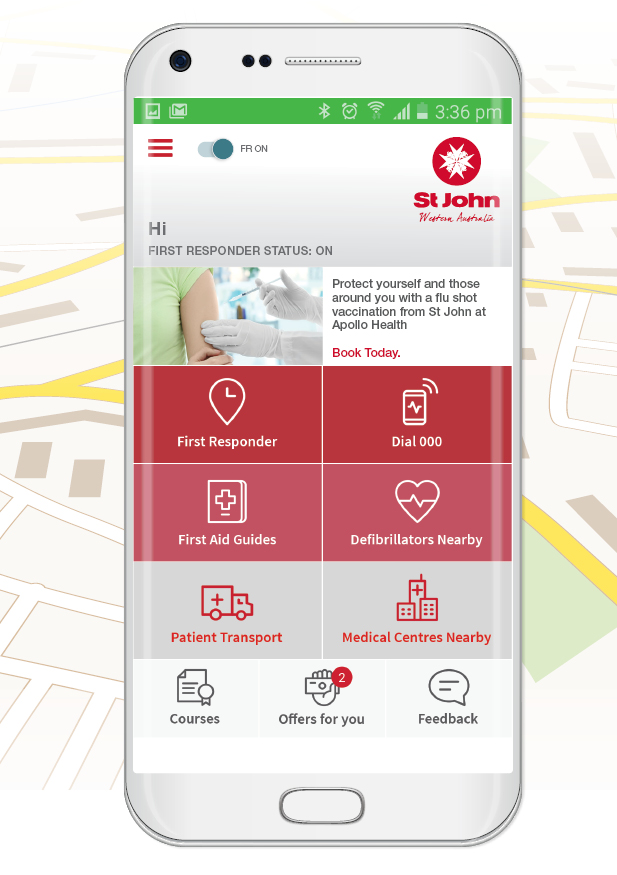 GPs are urged to have this life-saving device in their practice and should recommend this app to patients.
GPs are urged to have this life-saving device in their practice and should recommend this app to patients.
People who experience a cardiac arrest while in a GP clinic are twice as likely to survive if they receive prompt treatment with a defibrillator, rather than waiting for the paramedics to arrive. This is the key finding of a new study published in the Medical Journal of Australia.
Each year, more than 25,000 out-of-hospital cardiac arrests are reported in Australia, and the mean survival rate for these patients is just 12%.
“To effectively manage a patient experiencing a cardiac arrest, clinic staff must immediately undertake the initial steps in the ‘chain of survival’: call 000, provide cardiopulmonary resuscitation, and perform defibrillation with an automated external defibrillator (AED),” wrote the authors, led by Brian Haskins, a paramedic Lecturer at Monash University, in a press release.
However, staff in a GP clinic may not necessarily be ready to deal with such event. “Although clinic administrative staff must undertake cardiopulmonary resuscitation training every 3 years, accreditation by the Royal Australian College of General Practitioners does not require general practices to have onsite AEDs.”
About the study
To reach their conclusions, researchers analysed data from the Victorian Ambulance Cardiac Arrest Registry, focusing on patients who had non-traumatic cardiac arrests and who received emergency medical services, attempting to resuscitate, from staff, between 1 January 2000 and 30 December 2019.
Their results identified 6363 cases of cardiac arrest: 216 in general practice clinics (3.4%) and 6147 witnessed by paramedics (96.6%).
“The proportion of general practice clinic cases in which defibrillation was provided in the clinic increased from 2 of 37 in 2000–2003 (5%) to 19 of 57 patients in 2016–2019 (33%),” they reported.
Likewise, the survival of patients increased from 19% to 40%, during the same time period. “For patients with initial shockable rhythms, the odds of survival were greater following paramedic-witnessed events [adjusted odds ratio [aOR], 3.39) or general clinic arrests with defibrillation by clinic staff (aOR, 2.23) than for general practice clinic arrests in which arriving paramedics provided defibrillation,” the authors wrote.
The key take-home message from this study is that all GP clinics should have an AED device as standard equipment, as well as properly trained staff.
GP should also consider recommending patients to have the St John First Responder App, which sends your GPS coordinates to the operator when you call Triple 000 for an ambulance and has a AED device locator, which tells you where are the closest AED devices. The app includes the following resources:
- First aid instruction guides – helping you to treat a range of injuries and illnesses.
- Defibrillator (AED) locator – showing all the defibrillator locations near you.
- Upload the location of new defibrillator (AED) locations that aren’t currently appearing on the app.
- Locate nearest medical centres and emergency departments – including live ED waiting time information.
- Patient transport services information.
- Your first aid course information and refresher reminder notices
- First aid tips and special offers – keeping you up to date with handy first aid information.


